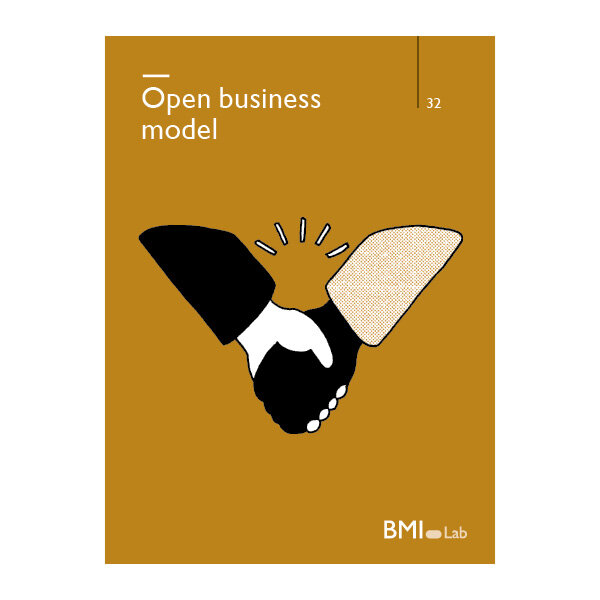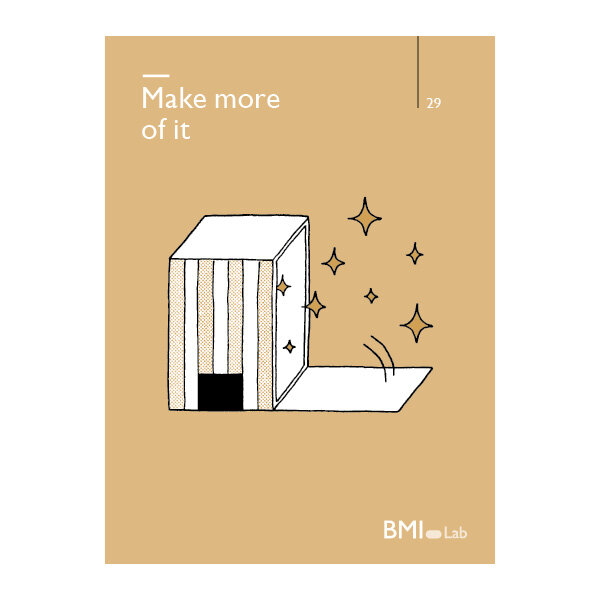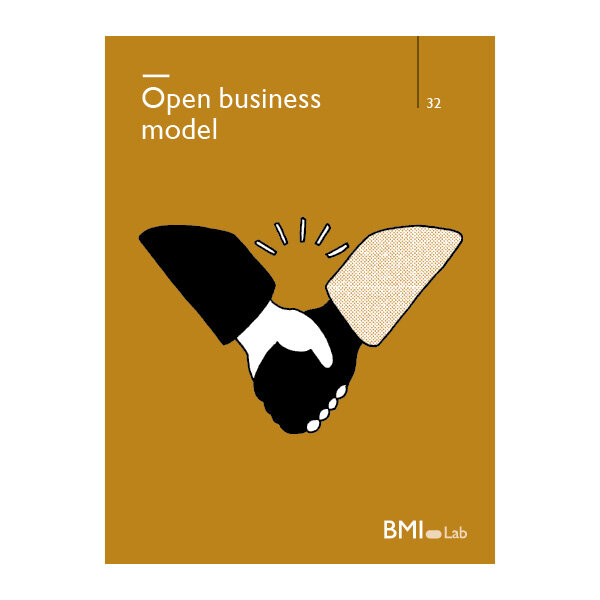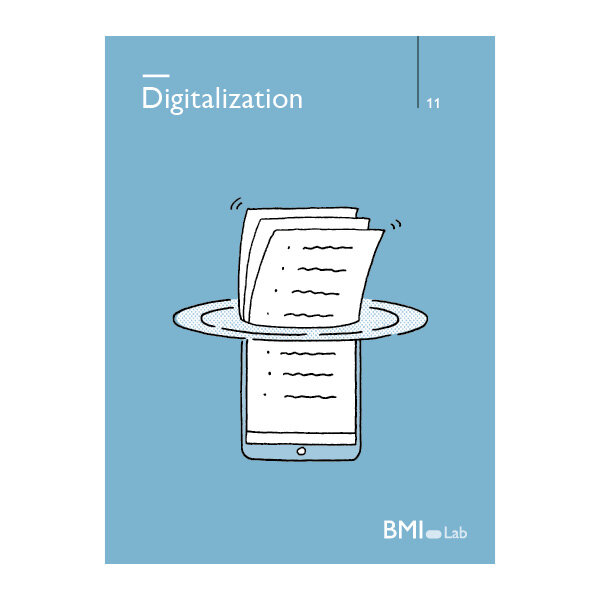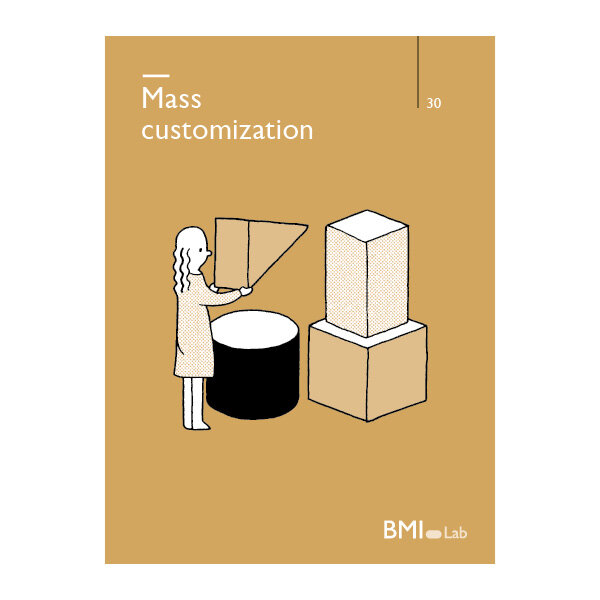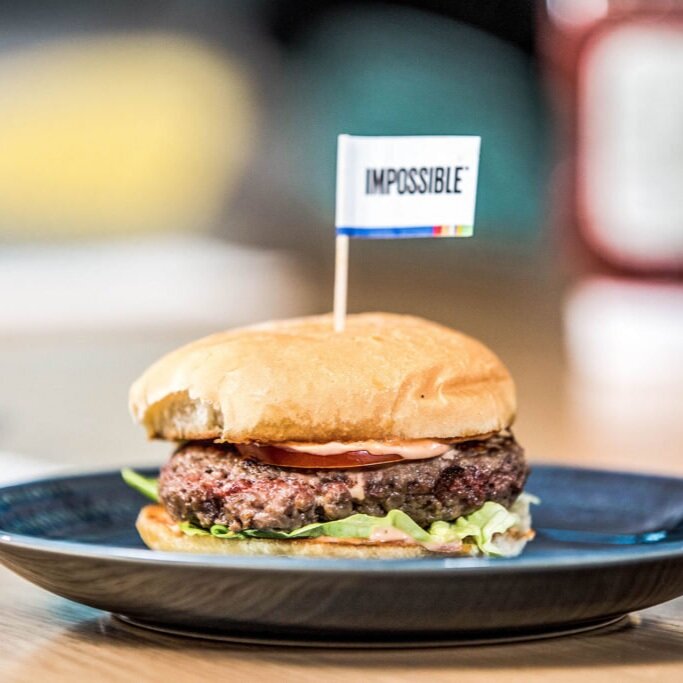The CES Las Vegas is the first global show of the year for companies thriving on the business of consumer technologies. As passionate innovators, we looked at the innovations presented at this year’s show and analyzed them from our business model innovation point of view. In our definition of a business model, technological innovation plays an important role to create new value for customers and users or optimize the way a company delivers its value to the customer.
Not surprising and following the trends of the past 5 years, connectivity and new mobility have become the largest fields of application in the consumer electronics industry. But what about the business models behind these innovations? Here are our 3 takeaways that will change the face of many industries this decade:
Orchestrator is the business model for electric vehicles
What is it about?
In Las Vegas, Sony surprised the entire world by presenting an electric concept car, the Vision-S. The level of technology embedded is impressive: a large HD display, “360 Reality Audio” sound system as well as 33 sensors enabling semi-autonomous and full-autonomous driving. Even if Sony uses this concept only as a showcase for its automotive offerings, we thought it would be worth thinking a bit further about the concept.
What makes this concept so interesting from a business model innovation perspective?
First, it demonstrates Sony’s ability to coordinate several of its divisions to manage an ambitious innovation project. This is proof for a strong innovation culture. Second, the way Sony proceeded to develop this idea: partnering with world-class leading companies for each part of the vehicle they weren’t able to develop the car themselves (such as Bosch, Nvidia or Continental). The car was assembled by Magna, a leading automotive supplier already assembling vehicles for several manufacturers worldwide. This proves the increasing importance of business ecosystems. Last but not least, Sony’s performance shows how electric mobility could disrupt the automotive industry. As electric powertrains and battery packs are already partly standardized, it becomes easier for companies to partner with others and build their own electric vehicle. Besides Sony, other examples like Rimac or Chinese firms demonstrate this change that will eventually disrupt the way cars are built today.
Conclusion
Sony shows us that well managed business ecosystems and companies wanting to take on the orchestrator role can lead to disruptive innovation, especially when they are supported by a strong innovation culture.
Business Model Patterns involved
Click on the images to learn more about the different patterns.
Digital health is a strong opportunity for data-based business models
What is it about?
With over 150 exhibitors in the digital health industry this year, there is a clear trend that should be observed. If the race in the wearables industry started long before Apple brought its Apple Watch to the market, this year’s CES marks a new chapter in the still young history of smart watches. Withings presented its awarded Scanwatch, a hybrid smartwatch combining classic watch design with high-end monitoring functions. The Scanwatch is able to write a one-way ECG within only 30 seconds. It continuously monitors the heartbeat of the user, can detect anything unusual and inform the user, including the creation of a data report. In addition, the Scanwatch is able to monitor the user during sleep, can be used as fitness tracker and it will be possible to share the generated data with authorized medical specialists.
What makes this concept so interesting from a business model innovation perspective?
Besides the new value generated around his/her health for the user, the data and its potential present a very interesting opportunity for data-based business models. Withings offers developers access to the data stored in its free “Health Mate App” (of course only if the user gave his/her consent and under conditions) through a dedicated API. This is what consumer health is all about: who owns the data, who can access it, what value proposition can be generated with it and how it can be monetized. Withings offers the Scanwatch for a fixed price and the dedicated app is free. This classic revenue model opens the door to third parties for user-centered services, which Withings could also benefit from.
Conclusion
This innovation shows once again how important open business models and business ecosystems are when it comes to data-based business ideas. The current race in the wearables industry seems to focus on the hardware, which creates opportunities for third parties to design innovative value propositions that benefits the users.
Business Model Patterns involved
Click on the images to learn more about the different patterns.
The streaming war is just getting started
What is it about?
For those of you that follow the BMI Lab since day 1, you may have seen our business model analysis of Netflix. As Amazon and later Apple launched their streaming services, the world thought the market would be shared between those 3 players. We all got it wrong and the real war is just starting up. Disney, HBO, NBC are just three of the players that recently launched/will soon launch their own streaming service. But the one that made us curious in Las Vegas is called Quibi, the very first mobile streaming service founded by the former eBay and HP CEO Meg Whitman and Jeffrey Katzenberg, the film producer and former chairman of Walt Disney Studios. The streaming technology and the production methods used are very innovative: every streamed video uses the “Turnstyle” technology, which allows viewers to seamlessly switch between portrait and landscape modes to access a different point of view. This service will be offered in 2 subscription models.
What makes this concept so interesting from a business model innovation perspective?
We see two interesting points when talking about streaming services. First, it is necessary to wonder how long subscription models will last. For users that want to access all the available movies, tv shows, and documentaries, there is no other option than subscribing to all the relevant services. Which in the end is more expansive than it used to be back in the days of DVD rentals. Then, it is interesting to observe that streaming services try to differentiate from competition in two directions: original productions and user-centricity. Quibi is a great example with its mobile-only offering and the possibility to switch the point of view to get a more immersive view.
Conclusion
New streaming services are not just about new productions and technology. The more services there are on the market, the bigger the opportunity for a platform aggregating all of them offering one and only one subscription. The democratization of subscription models for consumers could lead to the end of the model, as consumers will become aware that they spend more for access all than they used to do before. As this type of revenue model is getting more and more interest from B2B companies, we highly recommend assessing their limits prior to the implementation to avoid the typical mistakes of offering new models that bring no value to customers.
Business Model Patterns involved
Click on the images to learn more about the different patterns.
Our favorite product #1: the robot everybody wants to adopt
Samsung released the Ballie, a cute and friendly robotic ball embedding a lot of smart home technologies. In its video presentation, Samsung shows how the future of smart home with an entirely connected house could look like and how customers could benefit from robots. Combined with the other developments of Samsung’s NEON project, which aims at making robots behaving more like humans, we can’t wait to see Ballies in every house.
Our favorite product #2: it is possible to eat impossible food
Impossible Food, the California-based company that invented the “Impossible Burger” (the one that is juicy like beef meat and even bleeds when you cut it but is not made from meat), was also present in Las Vegas – but not at the CES – where it featured its new “Impossible pork, made from plants”. Pork is the most eaten meat in the world, which is the reason why the company is taking on the challenge to replace it with a plant-based alternative. Meat lover or not, we must admit that these new alternatives made us at BMI Lab curious and we can’t wait to have the opportunity of tasting them.
For more information and inquires on business model development, the BMI methodology, the BMI tools, or contact us.



